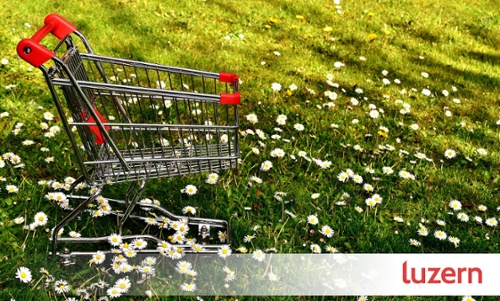Putting The Shopping Cart Before The Horse

“Cart abandonment rate is the bane of existence for many eCommerce specialists because it is like money left on the table.”
We’re all familiar with conversion rate, arguably the most frustrating statistic any brand will see. And it is typically high, up to 60-80%, depending on the sector. Cart abandonment rate is the bane of existence for many eCommerce specialists because it is like money left on the table – a customer showed strong intentions of purchasing, but for some reason, did not.
But cart abandonment rate only tells one part of the story. What about the customers who dropped out of the sales funnel before they reached the cart? This metric is called the Funnel Abandonment Rate and it allows brands to understand at what points customers are exiting the sales funnel.
Why do shoppers abandon?
In many cases, it won’t be clear why a customer abandoned their online shopping cart, or why they dropped out of the sales funnel at a particular stage. General industry consensus suggests that the top reason for cart abandonment is unexpectedly high shipping costs.
Buyers with lower value orders are more likely to abandon their carts if shipping is high: the lower the order value the higher the shipping fee can seem in comparison. Taking this into account, brands should take steps to be clear about the full price (including shipping and any other fees) as early as possible in the buying process.
Test & Learn
Tracking can offer brands a benchmark. Using this benchmark figure as a starting point brands can experiment with A/B or split testing, that is making tweaks and monitoring the effects of those changes. While it’s not always possible to reduce shipping fees, brands can reduce the burden on customers who make lower value purchases.
If reducing shipping fees is simply not possible, brands could offer a click and collect option. Click and collect is popular among high-street and online brands alike and partnerships like Argos and Amazon are springing up. Savvy brands can locate click and collect lockers at the back of the store so that customers have to walk through the store to retrieve their items. In the UK approx. 14% of retail sales are attributed to click and collect and in the US approx. 35-40% of offline pickups lead to other sales.
Charting these drop-off points allows brands to see what’s working and what’s not. Armed with this information they can make more impactful changes or introduce more relevant options for consumers. For example, a common pain point for consumers who make purchases online is being able to return the product if it’s not something they want. In response to its data retailer Game began offering in-store returns for items purchased online.
This has a triple advantage:
- It offers the customer convenience and can help to promote loyalty by turning a negative experience into a positive;
- It brings the customers into the store, where there is the potential for an additional purchase;
- It fosters deeper ties between the brand and the customer, maximising the potential for repeat online business
Charting these drop-off points allows brands to see what’s working and what’s not. Armed with this information they can make more impactful changes or introduce more relevant options for consumers.
So What’s next?
.png)